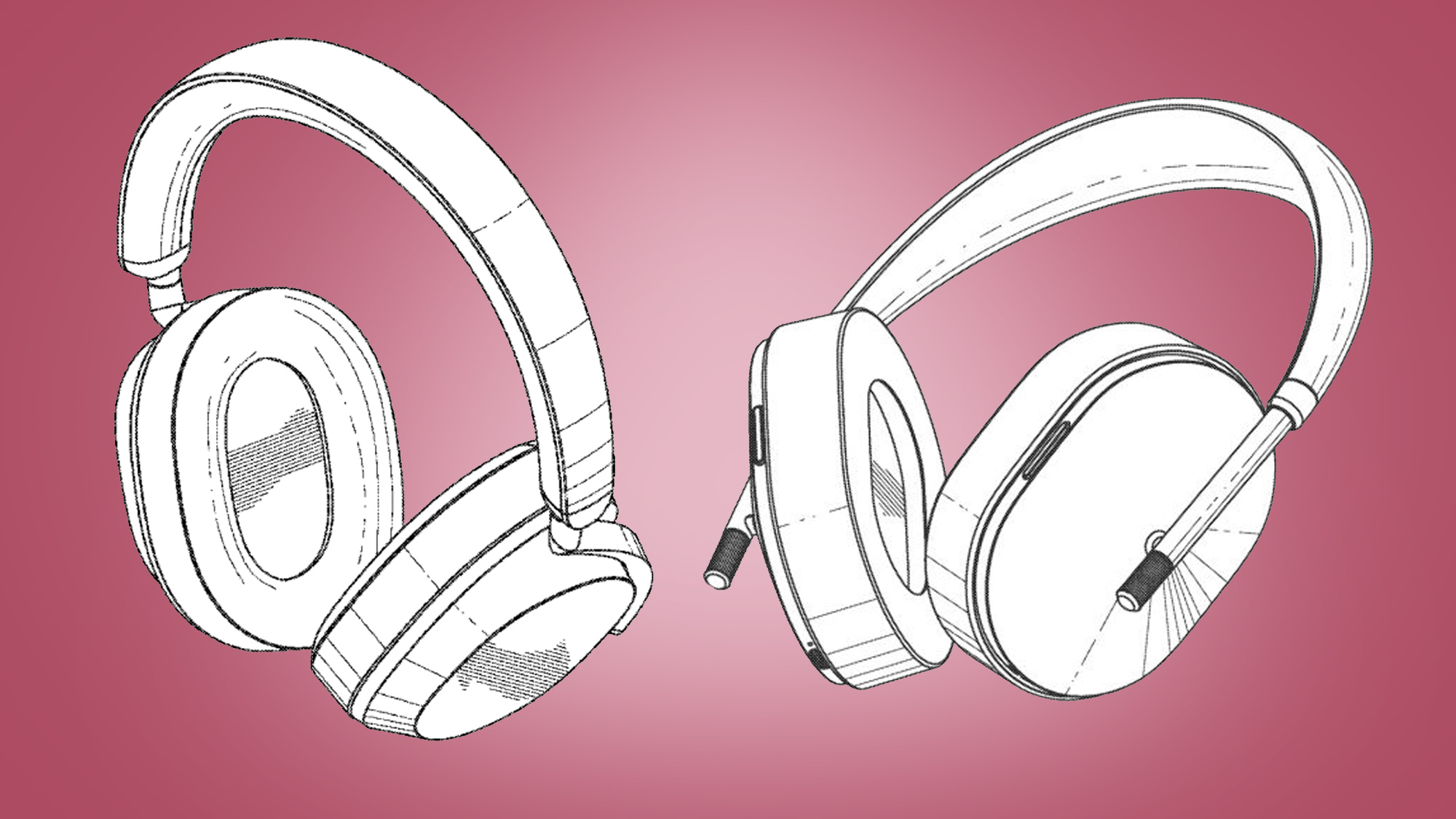
Sonos has big plans for 2024. Big. Huge! Despite a challenging 2023, the Californian audio specialist has reportedly promised an update to the Sonos Arc 2, a Roku or Apple TV-rivaling set-top box, an update to the Sonos Era 100, a fresh Sonos Roam iteration, a new Sub to sit alongside the Sub Mini, in-ceiling speakers and a high-end amp and, most pertinently here, the strongest indication yet that the company is finally planning to launch its hotly-anticipated headphones.
The thing is, when plans for the first Sonos headphones originally leaked in early 2019 (granted, we also haven't made good on every plan we made in 2019 – because that was right before 2020 and look what happened there) the competition was virtually non-existent. That's no longer the case though, is it?
Enter the world's first lossless wireless headphones, HED Unity. These arrived in August 2023 from a little-known Swiss audio startup, looking for all the world like they should have had a Sonos logo embossed across the ear cup. But no, what they have instead is the ability to deliver what HED Technologies calls "Full-Fidelity" wireless audio. Basically, by bypassing the lossy and bandwidth-blighted constraints of Bluetooth and leveraging your local Wi-Fi network, they can deliver high-resolution audio streaming of up to 24bit/96kHz.
Yes, these are the first ever headphones capable of doing that – and I bet Sonos noticed them. Meanwhile, having acquired small-speaker manufacturer Mahyt in April 2022, Sonos is still looking to reap the rewards of that pricey investment – it was too soon to include this tech in its last launches, as we explained here.
Wouldn't a set of headphones be the top result? Indeed. And I've no doubt Sonos is capable of creating some of the best noise-cancelling headphones in existence. The best things come to those who wait, and so on…
Of course, the benefits of Sonos' commendable multi-room ecosystem, streaming smarts and classy manufacturing chops in a set of high-end (and almost certainly eye-wateringly priced) headphones are easy to see. So let's list the five key aspects which I think will make or break Sonos' (highly likely) 2024 Sonos headphones.
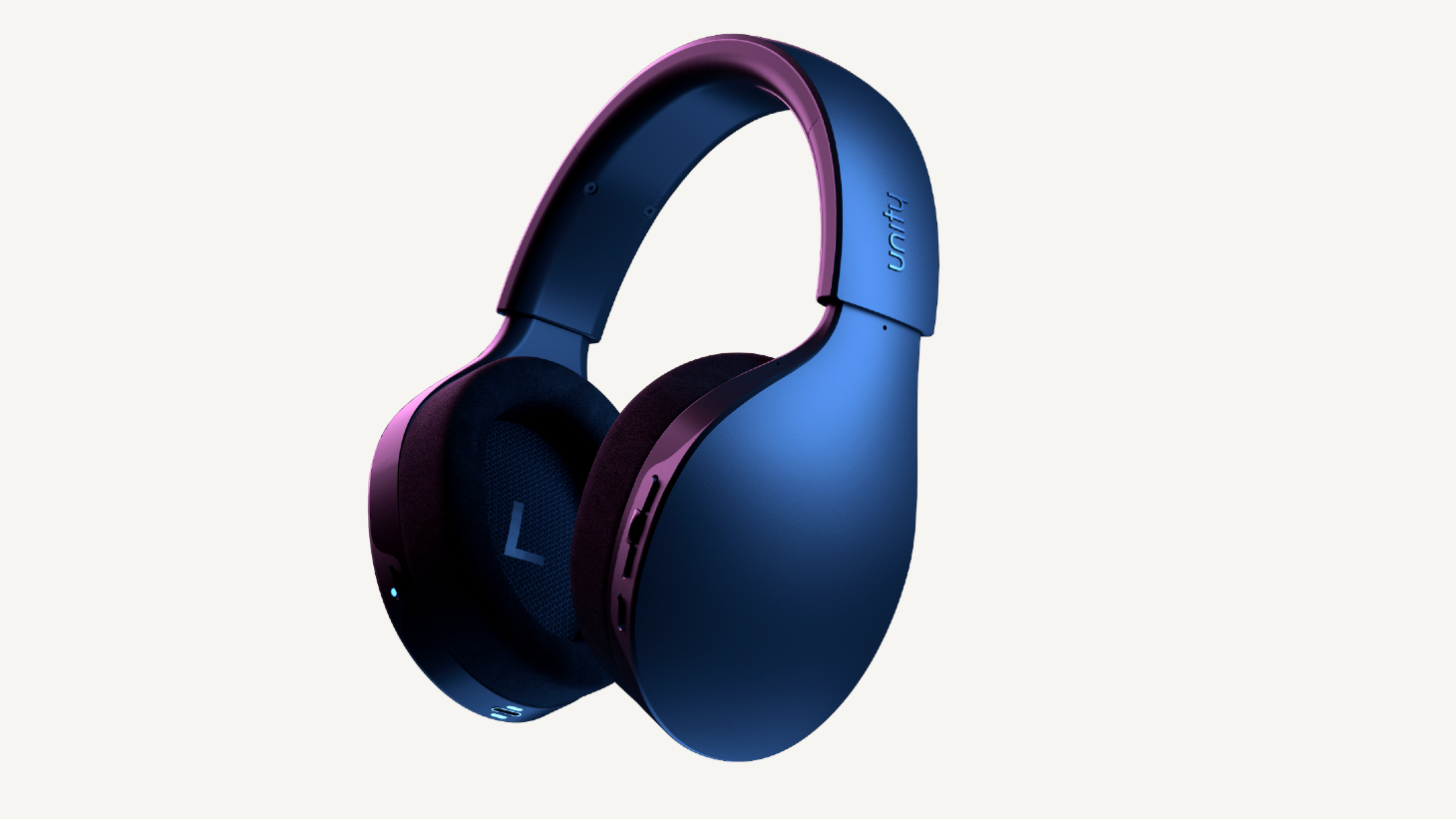
1. Enhanced Sonos ecosystem integration
They say in business you should find out what you're good at and do more of it. And Sonos can really take advantage of what it's good at here, namely the multi-room experience and bringing it from your home to your headphones.
What I mean in layman's terms is: I want audio handoff. I want to come in from my long commute and hear the track playing on my Sonos headphones seamlessly adopted and relayed by the Sonos Five in my kitchen.
The feature I seek actually made its headphone debut with the Bowers & Wilkins PX8, along with the updated Bowers & Wilkins Music app. In an industry first, the Music app lets PX8 users to stream their chosen music directly from their mobile device to their headphones, with Deezer, Qobuz and TIDAL all supported. Just one benefit of this breakthrough feature? Owners of Bowers & Wilkins Formation products can now easily switch between listening at home – maybe on their Zeppelin or Formation Wedge speakers – and listening on the move via a mobile device with their B&W headphones.
It's not hard to see how Sonos can really take its slick multi-room ecosystem integration and proprietary Sonos Voice Control to the bank here – it already has this kind of tech built into the Sonos Roam.
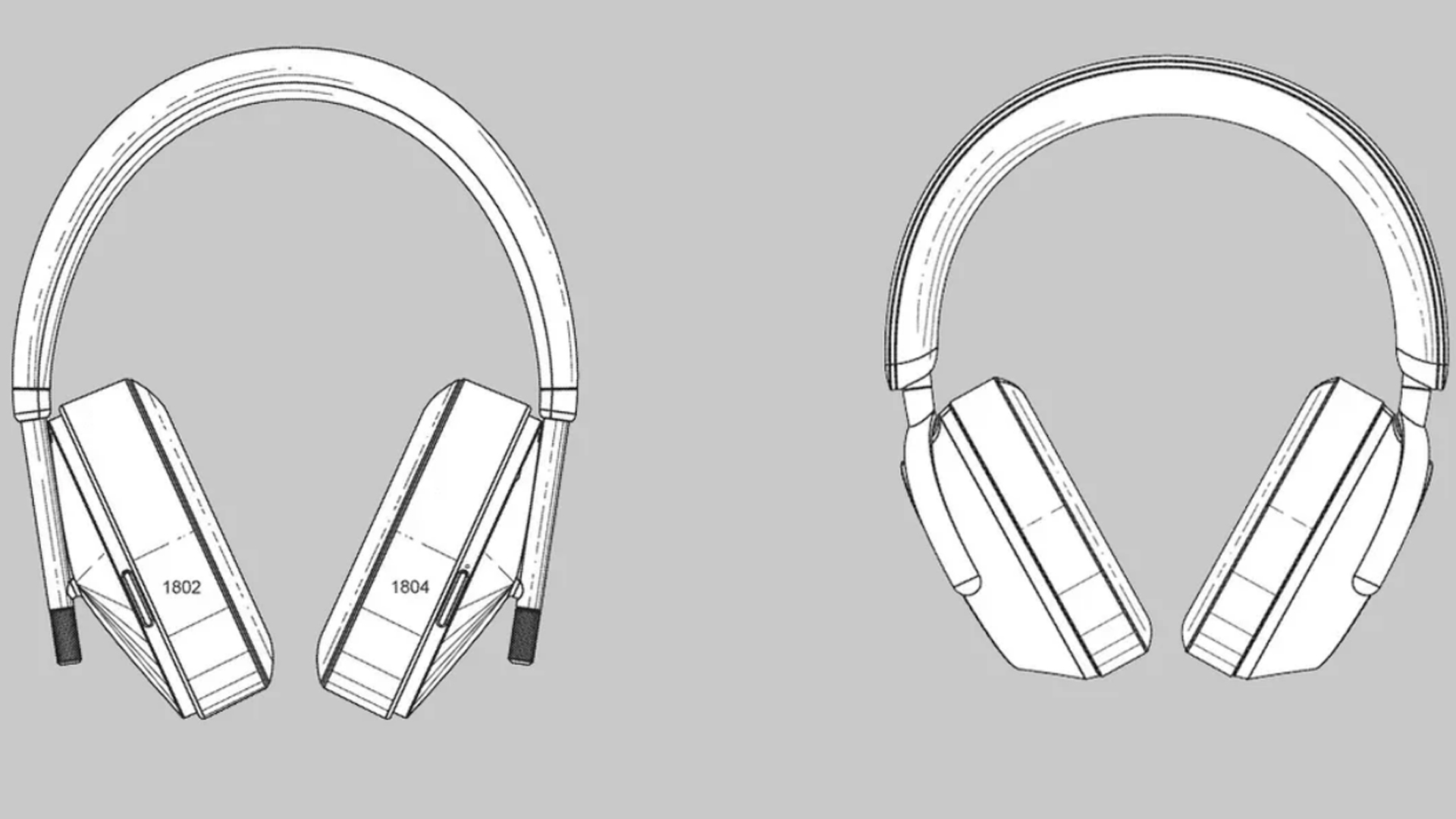
2. Hi-res audio – with and without Wi-Fi
It's no secret that the December 2020-issue Apple AirPods Max cannot support Apple Music's Lossless tier music. Whether the hotly-anticipated AirPods Max 2 will be able to access that kind of bandwidth remains to be seen, since these still still seem woefully far from release. HED Technologies has trounced them all with this world-first – a set of wireless cans that can, where 24-bit/96kHz audio is concerned.
However, a slightly disappointing note on the new HED Unity headphones is that although HED Technologies' Unity cans are able to deliver lossless, uncompressed hi-res audio up to 24bit/96kHz (along with a customizable nine-band EQ tab. Yes, nine) that lossless audio is delivered thanks to Wi-Fi streaming – and when you are without a Wi-Fi connection, you take a big hit on sound quality.
That is to be expected to a degree, because Bluetooth audio isn't yet up to par, but higher-res codecs do exist, as does Qualcomm's Snapdragon Sound. When not hooked up to a Wi-Fi network, the HED Unity tote Bluetooth 5.3 but only SBC and AAC codec support is listed, so no aptX or aptX Adaptive support.
Wanna crunch numbers? Snapdragon Sound supports high-resolution audio up to 24-bit/96kHz audio from Bluetooth – it's not lossless, but not hugely destructive either. Current 2023-issue headphones that boast Snapdragon Sound certification include the Shure Aonic 50 Gen 2, Bose QuietComfort Ultra Earbuds and Denon PerL Pro, but that's just for starters.
What I'm saying is, Sonos needs to get in with that crowd.
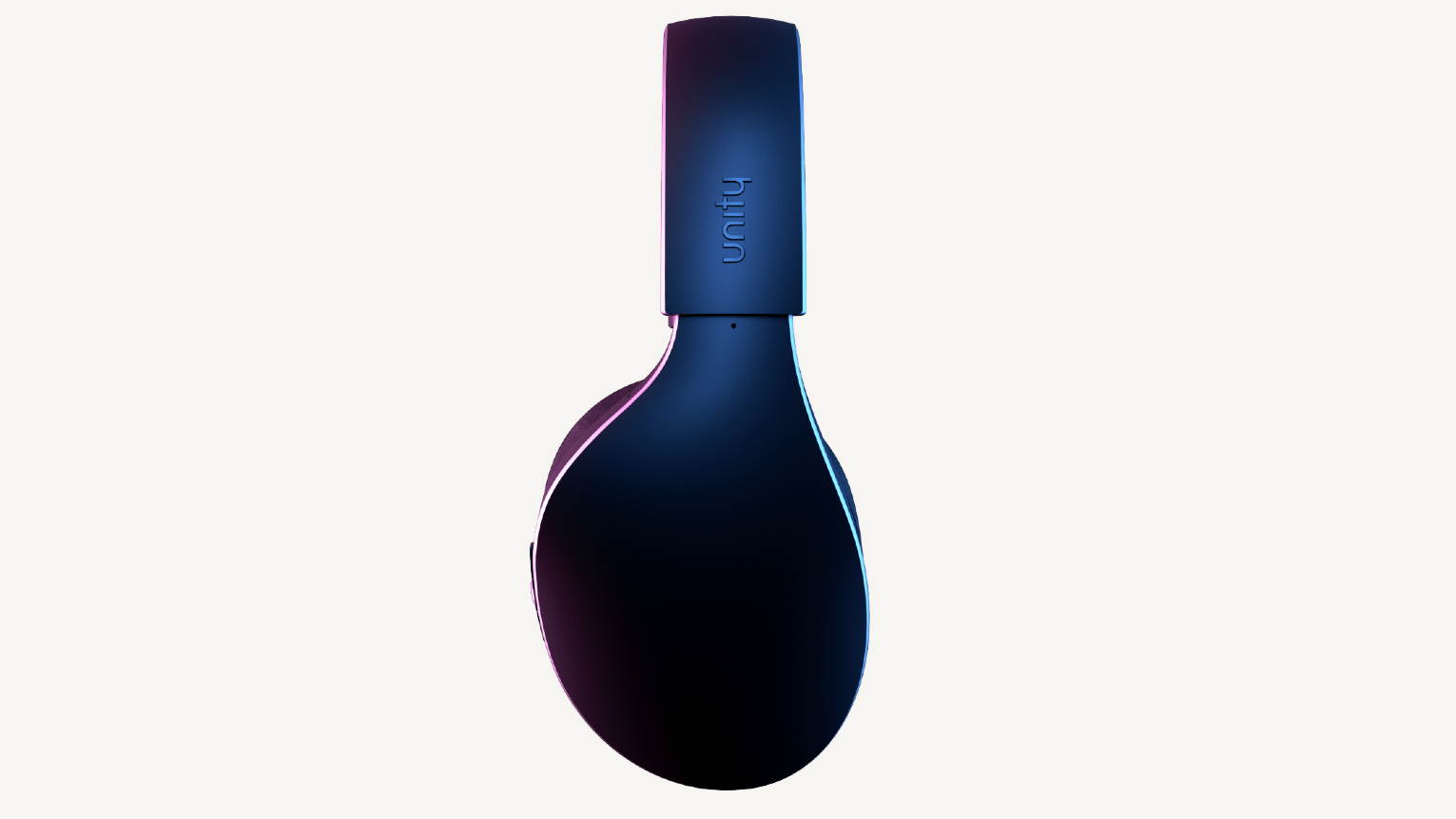
3. Advanced ANC with spatial audio side-sauce
Yes okay, you could accuse me of squashing two points in one entry. However, there's method in my madness here, because Bose has done just that (ie. combined ANC with immersion) and you need to know about it. Perhaps even more importantly, Sonos needs to know about it.
Bose's new Immersive Audio (as supported in the company's September 2023 two-strong Ultra lineup, including the QuietComfort Ultra headphones) is found within the Modes tab. Now, if you simply select 'Quiet' under the Modes menu, you'll get maximum ANC but Immersive Audio will switch off. And that's a shame because this little setup can do so much more. The 'Immersion' mode sets ANC to its highest and also plays immersive audio in the Motion setting – so, the three-dimensional presentation moves with you as you turn your head, rather than fixing your source device as a reference point.
But my favorite Mode by far in Bose's newest QuietComfort Ultra Earbuds is entitled 'Work' – I know, nobody's more surprised than me – because here, you get audiophile enlightenment (on paper at least) in the form of a 10-increment ANC slider and the option to have Immersive Audio either Off, Still (fixed) or in Motion (moving with you).
If you deploy this and set Immersive Audio to 'Still', I promise you'll think you're not wearing earbuds – and that your laptop just got much better at playing music.
Now, the HED Unity cans (pictured above) which I really hope Sonos is taking a long hard look at. These boast active noise cancellation helped along by 12 microphones: four to support active noise-canceling and eight for beamforming and background noise nixing. They also sport other trackers to deliver head-tracking motion detection for truly immersive three-dimensional surround sound.
Let's all pause for a moment to imagine what a dozen mics could do, given a Sonos-made spatial audio equivalent to Bose's Immersive Audio technology…
4. A battery life that can last the whole day
I don't want much, do I? Well, I was asked… and this is what I prioritise. If a set of earbuds or headphones can't last the working day, I cannot seriously consider them.
According to HED Technologies, the aforementioned HED Unity headphones can last for "six to eight hours of Hi-Res or Bluetooth listening". Hmm. I'd like more. Your AirPods Max are good for up to 20 hours of listening time, talk time or film playback when you have Active Noise Cancellation and spatial audio turned on. That's better, no?
Of course, other sets of wireless headphones can beat HED and Apple's stamina by a mile (see the excellent Edifier Stax Spirit S3, with an 80-hour claim that's actually good for closer to 90 in my experience) but these headphones do not include spatial audio processing or advanced ANC options.
There will be a compromise to be made in terms of stamina versus special hi-res skills and compatibility, but I hope that in trying to deliver the goods sonically, Sonos doesn't lose sight of the need for an acceptable battery life.
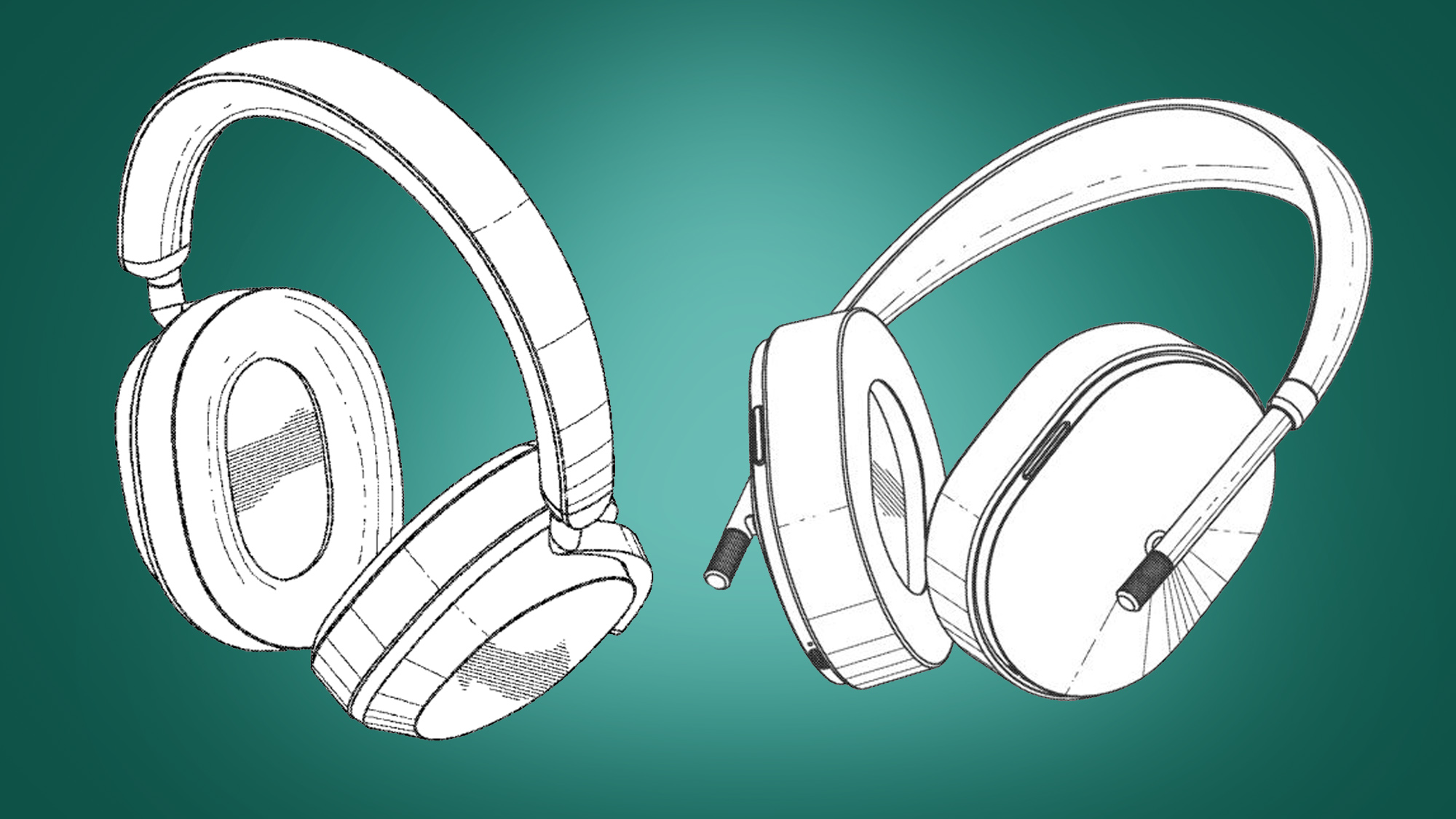
What don't I want? Gestural motion control parlor tricks
Sonos Voice Control is one thing; headphones boasting gestural functionality (swiping the air, touching your cheek, nodding your head, an Apple-esque Double Tap idea) is something else. And I don't think we need it.
Sony's Fiestable app (which can be accessed from Sony's Music Center) features Motion Control for use on its otherwise splendid Sony SRS XG-300 Bluetooth speaker and honestly, I never use it. It allows you to alter playback with various movements of your phone. Make your phone 'nod' at you, for example, and you can pause playback. Turn it to the left or right (as if you're making it shake its head) and you can send volume down or up, and make it move like a car windscreen wiper to skip tracks forward or back.
Don't get me wrong, sensors for auto-off (to pause playback when you remove your headphones and resume it when you strap 'em back over your ears) are to be encouraged. I just don't want to pay a premium for odd motion-controlled parlor tricks I'd never do in public – not on top of the surcharge we'll surely have to pay for Sonos' first ever headphones.
How much are we talking here? Well, the HED Unity's price is an eye-watering $2,199, (which works out at around £1,759 or AU$3,249) so anything from Sonos doing similar things can't come in much under that, can it? I mean, by all means make my Christmas and prove me wrong, Sonos…







